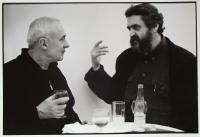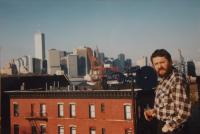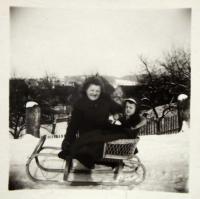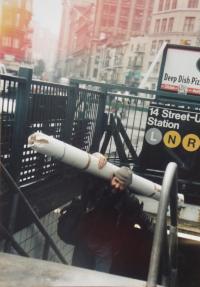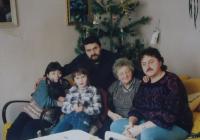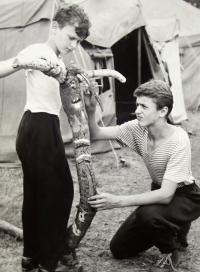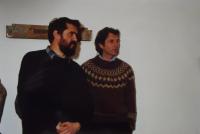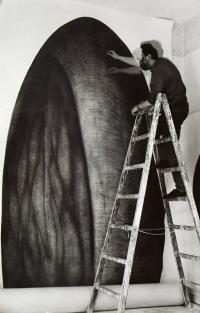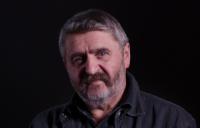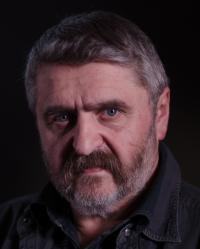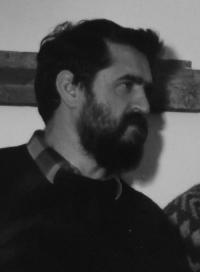“To touch a mystery.”

Download image
Jiří Kornatovský was born on the 2nd of March 1952 in Pilsen. He grew up in a nearby city of Plasy. He trained to be an electrical engineer, but at the same time, without his parents knowing, attended a fine arts class in Pilsen’s public school of the arts. From 1977-1982, he attended a high school of arts located in Prague’s Hollar square, and from 1982-1987 studied at the Academy of Fine Arts in Prague. After graduation, he found a job as a high-school teacher at Prague’s High School of Decorative Arts in Žižkov, department of applied painting. There he taught until 1990 when he was accepted as an assistant professor to the Department of Art at the Faculty of Pedagogy, focusing on drawing and painting. In 2003, he became a senior lecturer at the Academy of Fine Arts in Prague. Since the 1980’s, he participated in the so-called Confrontations, a series of unofficial exhibitions. Soon after the Velvet Revolution, he was given the opportunity to exhibit individually in the Václav Špála Gallery and in Nová Síň Gallery, which influenced his future development. In the early 1990’s, he made a breakthrough in the US and established permanent contacts there. Besides New York, he later also exhibited in Maastricht, Marseilles, Györ, Ibiza, Krakow and other big names. Altogether, he had over sixty individual exhibitions and participated in more than two hundred group exhibitions. His work is characterized by large-size drawings capturing spiritual topics. He is involved in the organization of the international symposium of fine arts Hermit, held in Plasy.
